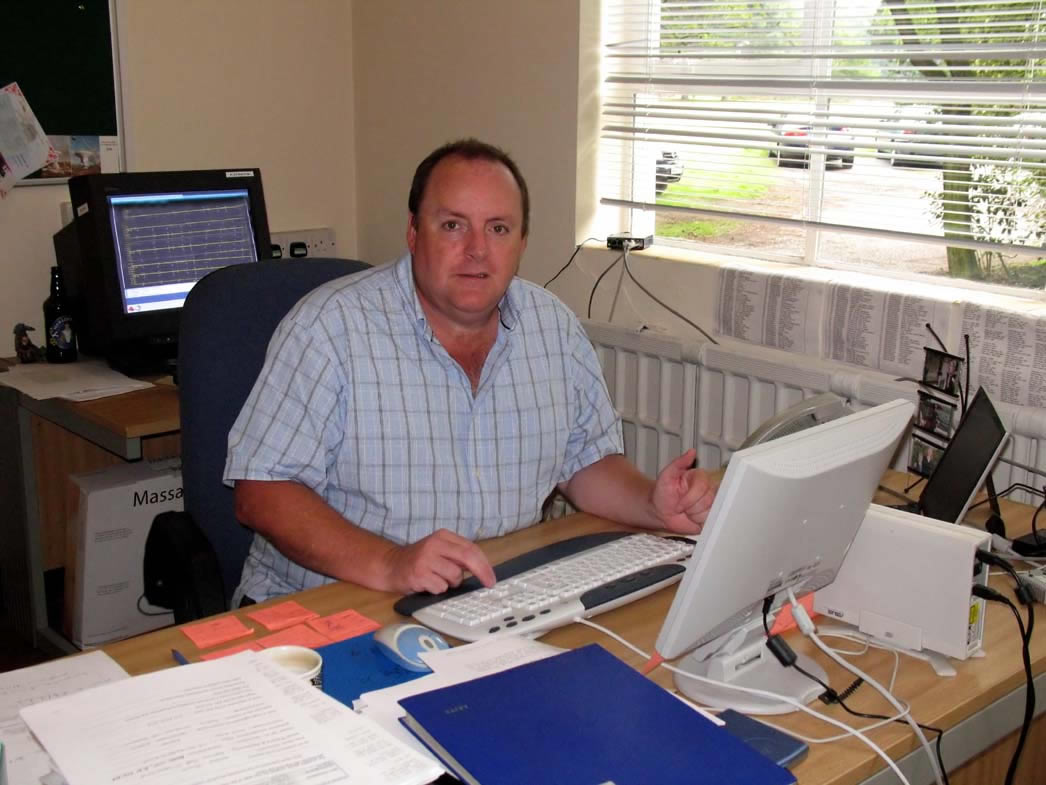
|
Introduction |
|
Born at the dawn of the space age, the Lovell Telescope played an important role in the discovery of quasars and has been at the forefront of pulsar research for over 30 years. In 1979 one of Einstein's predictions was confirmed when the first gravitational lens was discovered following its detection in a Lovell Telescope survey. The Lovell Telescope is now undergoing a major upgrade funded jointly by the Government and the Wellcome Foundation. A new reflecting surface, more precisely shaped than the current one, will be installed in the summers of 2001 and 2002. This will greatly extend the range of observations that the telescope can carry out and will keep it at the leading edge of astronomical research for many years to come. It is less well known that Jodrell Bank is at the heart of the MERLIN array of telescopes. First operational in 1980 and extended in 1991, the array now stretches 217 km across, from the Welsh borders in the west to Cambridge in the east. The signals from the 5 remote telescopes are brought back to Jodrell Bank where they are combined to form radio images directly comparable in detail with those from the Hubble Space Telescope at optical wavelengths - the only instrument in the world routinely capable of doing this. MERLIN is now a National Facility, operated by the University on behalf of the Particle Physics and Astronomy Research Council (PPARC) for the whole astronomical community. MERLIN has made major contributions to the study of quasars and gravitational lenses and is proving to be a valuable tool for the study of star birth and death. Our telescopes at Jodrell Bank and Cambridge also form a key part of the European Very-Long-Baseline-Interferometry (VLBI) Network that spans Europe from the UK to Poland and from Sweden to Sicily. This, the world's most sensitive VLBI array, provides even higher resolution images than either MERLIN or optical telescopes. We also operate small radio telescopes on Tenerife observing the radiation left over from the Big Bang and so helping us to understand more about the origin and evolution of the universe. To continue these studies of the early universe, Jodrell Bank engineers are now building receivers to fly on the European Space Agency spacecraft, Planck Surveyor, due for launch around 2007. The following pages will give you some idea of the wide range of research that is being carried out by the observatory and of the fine telescopes and engineering that underpins this work. Phil Diamond , Director Jodrell Bank Observatory, University of Manchester.
|
